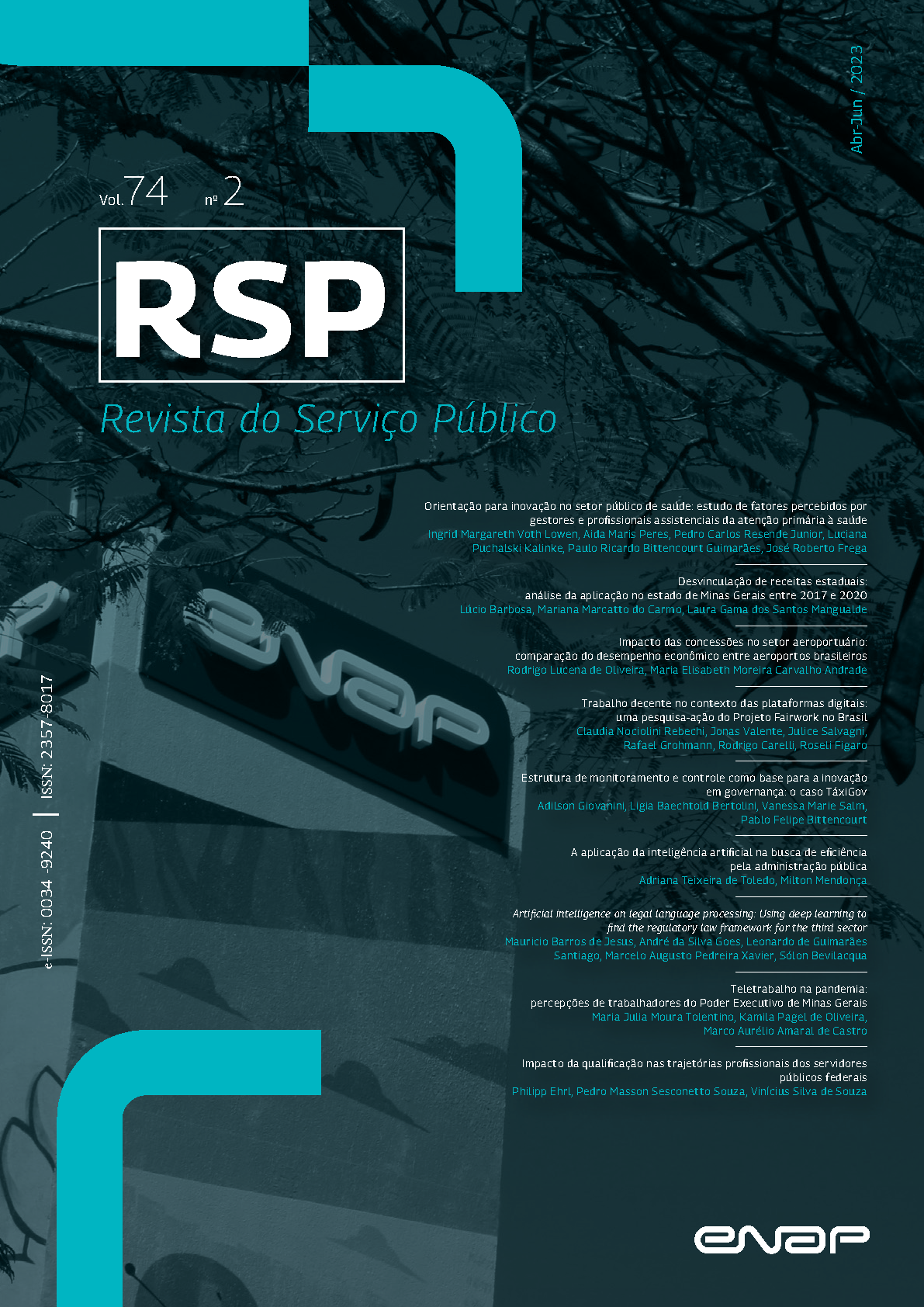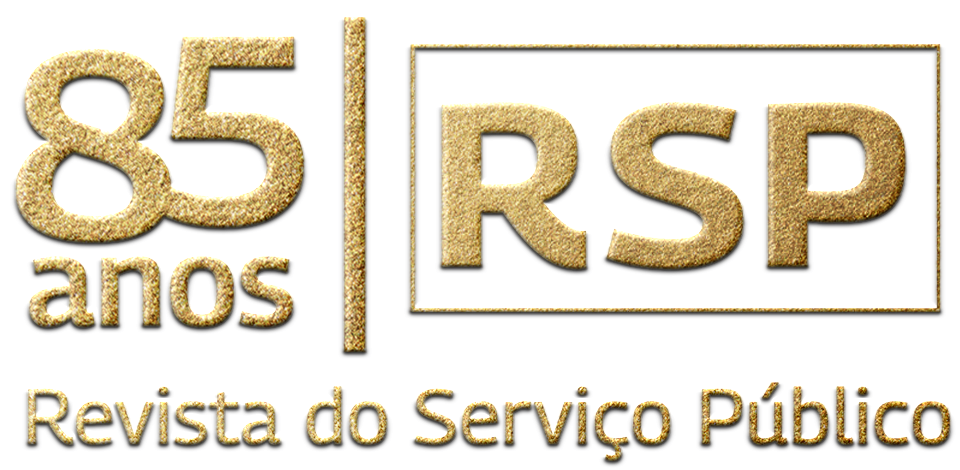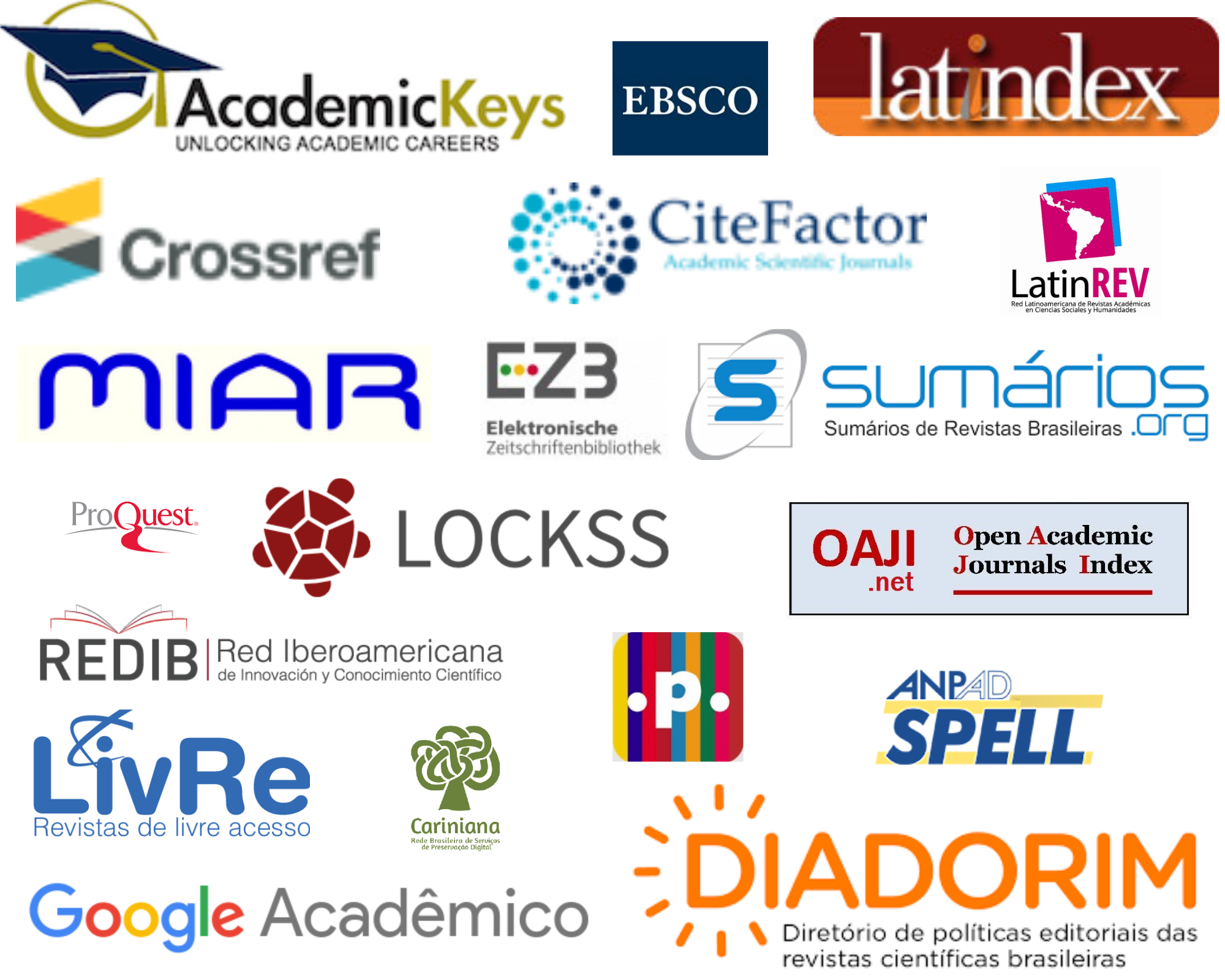Inteligência Artificial no processamento de linguagem jurídica: aplicação de Deep Learning para definição do marco regulatório do Terceiro Setor
Palavras-chave:
terceiro setor, regulação, aprendizagem profunda, processamento de linguagem natural, direitoResumo
O presente artigo trata da aplicação de algoritmos de inteligência artificial no processamento de linguagem jurídica, a fim de possibilitar a identificação de um conjunto completo de normas aplicável a uma determinada temática legal. Neste estudo, buscou-se delimitar o marco regulatório que envolve o Terceiro Setor, a partir do conjunto de dados sobre o fluxo regulatório brasileiro (RegBR). A partir de pesquisa bibliográfica, foram aplicadas técnicas de aprendizagem de máquina para automatizar a classificação de cada sentença contida nos atos normativos analisados, permitindo identificar em que medida uma norma se aplica ao tema selecionado. O modelo BERT com ajuste fino com trechos de leis brasileiras foi altamente eficaz, atingindo 94% de precisão (F1-Score e AUC). Como resultados, foram identificadas 2.359 regras espalhadas em 611 normas, extraídas entre 1.330.190 dispositivos legais distribuídos em 51 mil regulações, demonstrando que as técnicas aplicadas podem contribuir para o aperfeiçoamento das temáticas envolvidas.
Downloads
Referências
ABRUCIO, F. L. (2006). Contratualização e organizações sociais: reflexões teóricas e lições da experiência internacional. Debates GV Saúde, 1(10), 24–27.
Advocacia-Geral da União (2018). Manual de Boas Práticas Regulatórias. Brasília: AGU. Retrieved from https://drive.google.com/file/d/1lKjBXT7WQpXWAdM_3xZClsD-BnqvU8-X/view
AMARAL, F. (2016). Aprenda Mineração de Dados: teoria e prática. Alta Books: Rio de Janeiro.
ANSELL, C., & TORFING, J. (2016). Introduction: theories of governance. In: Ansell C., Torfing, J. (editors). Handbook on Theories of Governance. Elgar Online. https://doi.org/10.4337/9781782548508.00008
ARANHA, M. I. (2014). Manual de Direito regulatório: fundamentos de Direito regulatório (2nd ed., Coleford, Gloucestershire, United Kingdom: Laccademia Publishing Limited.
ARANHA, M. I. (2019). Teoria jurídica da regulação: entre escolha pública e captura. RDP - Revista Direito Público - Edição Especial: 15 anos. 16 (2019), 11–37.
BARBOSA, N. B., LIMA, H. de, TRINDADE, A. M. V. da, DIAS, N. V., CASTRO, M. V. de, & SANTOS, C. K. dos. (2015). As Organizações Sociais de Saúde como forma de gestão público-privada em Goiás – o caso HUANA. Revista Do Serviço Público, 66 (1), 121 - 144. https://doi.org/10.21874/rsp.v66i1.686
BERMUDES, W. L., SANTANA, B. T., BRAGA, J. H. O., & SOUZA, P. H. (2016). Tipos de escalas utilizadas em pesquisas e suas aplicações. Revista Vértices, 18 (2), 7-20.
BRASIL (1995). Plano Diretor da Reforma do Aparelho do Estado Cadernos Mare. Brasília: Presidência da República 1995. Retrieved from http://www.biblioteca.presidencia.gov.br/publicacoes-oficiais/catalogo/fhc/plano-diretor-da-reforma-do-aparelho-do-estado-1995.pdf
CHALKIDIS, I., FERGADIOTIS, M., MALAKASIOTIS, P., ALETRAS, N., & ANDROUTSOPOULOS, I. (2020). LEGAL-BERT: The Muppets straight out of Law School. Findings of the Association for Computational Linguistics: EMNLP. https://doi.org/10.48550/arXiv.2010.02559
CRACK, A. M. (2018). The Regulation of International NGOS: Assessing the Effectiveness of the INGO Accountability Charter. Voluntas 29, 419–429. https://doi.org/10.1007/s11266-017-9866-9
DEVLIN, J., CHANG, M., LEE, K., & TOUTANOVA, K. (2019). BERT: Pre-training of deep bidirectional transformers for language understanding. https://doi.org/10.48550/arXiv.1810.04805
DIAS, G., FARIAS, J., COURA, K., DEMO, G., & ATHAYDE, A. (2022). Reflexões sobre a falta de água em algumas regiões brasileiras e a coprodução na gestão pública:: rumo a uma gestão hídrica mais efetiva. Revista do Serviço Público, 73 (1), 32 - 54. Recuperado de https://revista.enap.gov.br/index.php/RSP/article/view/4769
ELLIG, J. (2018). Why and How Independent Agencies Should Conduct Regulatory Impact Analysis. Cornell Journal of Law and Public Policy, 28 (1), 1–34. http://doi.org/10.2139/ssrn.3169413
Escola Nacional de Administração Pública (2022). RegBR. Dados Atualizados em Maio/2022 com foco em normativos regulatórios. Brasília: Enap. Retrieved from https://infogov.enap.gov.br/regbr
FERRI, C., HERNÁNDEZ-ORALLO, J., & MODROIU, R. (2009). An experimental comparison of performance measures for classification. Pattern Recognition Letters, 30 (1), 27-38. https://doi.org/10.1016/j.patrec.2008.08.010
HAHN, R. W. & TETLOCK, P. C. (2008). Has Economic Analysis Improved Regulatory Decisions? Journal of Economic Perspectives, 22 (1), 67–84. https://doi.org/10.1257/jep.22.1.67
HASTIE, T., TIBSHIRANI, R., FRIEDMAN, J., & FRANKLIN, J. (2005). The elements of statistical learning: data mining, inference and prediction. The Mathematical Intelligencer, 27 (2), 83–85. https://doi.org/10.1007/BF02985802
KO, Y., & SEO, J. (2009). Text classification from unlabeled documents with bootstrapping and feature projection techniques. Information Processing & Management, 45 (1), 70-83. https://doi.org/10.1016/j.ipm.2008.07.004
KOOP, C., & LODGE, M. (2017). What is regulation? An interdisciplinary concept analysis. Regulation & Governance, 11 (1), 95–108. https://doi.org/10.1111/rego.12094
LEVI-FAUR, D. (2011). Regulation and Regulatory Governance. In Handbook on the Politics of Regulation. [s.l.] Edward Elgar Publishing, 2011, 3–21. https://doi.org/10.4337/9780857936110.00010
LIU, Y., ZHOU, Y., WEN, S., & TANG, C. (2014). A Strategy on Selecting Performance Metrics for Classifier Evaluation. International Journal of Mobile Computing and Multimedia Communications (IJMCMC), 6(4), 20-35. http://doi.org/10.4018/IJMCMC.2014100102
LUGER, G. F (2013). Inteligência Artificial (6th ed, Daniel Vieira, Trans.) São Paulo: Pearson Education do Brasil.
MCCORMICK, C., & RYAN, N. (2019). BERT Fine-Tuning Tutorial with PyTorch. Retrieved from https://mccormickml.com/2019/07/22/BERT-fine-tuning/
MCMULLIN, C. (2021). Challenging the necessity of New Public Governance: Co-production by third sector organizations under different models of public management. Public Administration, 99 (1), 5–22. https://doi.org/10.1111/padm.12672
MINAEE, S., KALCHBRENNER, N., CAMBRIA, E., NIKZAD, N., CHENAGHLU, M., & GAO, J. (2020). Deep Learning Based Text Classification: A Comprehensive Review. https://doi.org/10.48550/arXiv.2004.03705
MONTANO, M. R., & PIRES, D. D. O. O (2019). Marco Regulatório Do Terceiro Setor: A Oferta Da Educação Infantil No Município De Porto Alegre. Práxis Educacional, 15 (31), 16-17. https://doi.org/10.22481/praxis.v15i31.4656
PHILLIPS, S., & SMITH, S. (2014) A Dawn of Convergence?: Third sector policy regimes in the “Anglo-Saxon” cluster. Public Management Review, 16 (8), 1141–1163. https://doi.org/10.1080/14719037.2014.965272
PHILLIPS, S., & HEBB, T. (2010). Financing the third sector: Introduction. Policy and Society, 29 (3), 181–187. https://doi.org/10.1016/j.polsoc.2010.07.001
SAAB, F., & SILVA, S. A. M. (2021). Evaluating the quality of Regulatory Impact Analysis: a literature review. Revista do Serviço Público, 72(b), 34 - 57. Retrieved from https://revista.enap.gov.br/index.php/RSP/article/view/5875
SANO, H., & ABRUCIO, F. L. (2008). Promessas e resultados da Nova Gestão Pública no Brasil: o caso das organizações sociais de saúde em São Paulo. Revista de Administração de Empresas, 48 (3), 64–80. https://doi.org/10.1590/S0034-75902008000300007
SHAFFER, R., & MAYHEW, S. (2019). Legal Linking: Citation Resolution and Suggestion in Constitutional Law. In Proceedings of the Natural Legal Language Processing Workshop 2019, 39–44. Minneapolis, Minnesota: Association for Computational Linguistics. https://doi.org/10.18653/v1/W19-2205
SHEARER, C. (2000). The CRISP-DM model: the new blueprint for data mining. Journal of data warehousing, 5 (4), 13-22.
SILVA, T. T. S. E., NEVES, C. B. D., JESUS, M. B. D., & MODANEZ, W. (2022). Inteligência artificial e Jurisprudência: delimitação jurisprudencial nas decisões do TCU do conceito aberto de cláusula restritiva ao caráter. Editora Dialética.
SOH, J., LIM, H., & CHAI, I. (2019). Legal Area Classification: A Comparative Study of Text Classifiers on Singapore Supreme Court Judgments. In Proceedings of the Natural Legal Language Processing Workshop 2019, 67–77. Minneapolis, Minnesota. Association for Computational Linguistics. https://doi.org/10.18653/v1/W19-2208
TALESH, S. (2022). Public law and regulatory theory. In Handbook on Theories of Governance. [s.l.] Edward Elgar Publishing. 104–117. https://doi.org/10.4337/9781800371972.00016
VASWANI, A., Shazeer, N., Parmar, N., Uszkoreit, J., Jones, L. Gomez, A., Kaiser, L., & Polosukhin, I. (2017). Attention is all you need. In Advances in Neural Information Processing Systems, 6000–6010. https://doi.org/10.48550/arXiv.1706.03762
VIEIRA, J. P. T. O. (2016). Fragilidades Dos Mecanismos De Controle No Município Do Rio De Janeiro. Rio de Janeiro. FGV EBAPE - Dissertações, Mestrado Profissional em Administração Pública [366]. Retrieved from http://hdl.handle.net/10438/16060
ZHENG, L., GUHA, N., ANDERSON, B., HENDERSON, P., & HO, D. (2021). When does pretraining help? assessing self-supervised learning for law and the CaseHOLD dataset of 53,000+ legal holdings. In Proceedings of the Eighteenth International Conference on Artificial Intelligence and Law (ICAIL '21). Association for Computing Machinery, New York, NY, USA, 159–168. https://doi.org/10.1145/3462757.3466088
Downloads
Publicado
Como Citar
Edição
Seção
Licença
Copyright (c) 2023 Revista do Serviço Público

Este trabalho está licenciado sob uma licença Creative Commons Attribution-NonCommercial-ShareAlike 4.0 International License.
- A RSP adota a licença Creative Commons (CC) do tipo Atribuição – Uso Não-Comercial (BY-NC).
- A licença permite que outros remixem, adaptem e criem obra licenciada, sendo proibido o uso com fins comerciais.
- As novas obras devem fazer referência ao autor nos créditos e não podem ser usadas com fins comerciais, porém não precisam ser licenciadas sob os mesmos termos dessa licença.
- Ao publicar o artigo na RSP, o autor cede e transfere para a ENAP os direitos autorais patrimoniais referentes ao artigo.
- O artigo publicado na RSP não poderá ser divulgado em outro meio sem a devida referência à publicação de origem.
- O autor que tiver o artigo publicado na RSP deverá assinar o Termo de Concessão de Direitos Autorais (em momento oportuno a editoria da Revista entrará em contato com o autor para assinatura do Termo).



